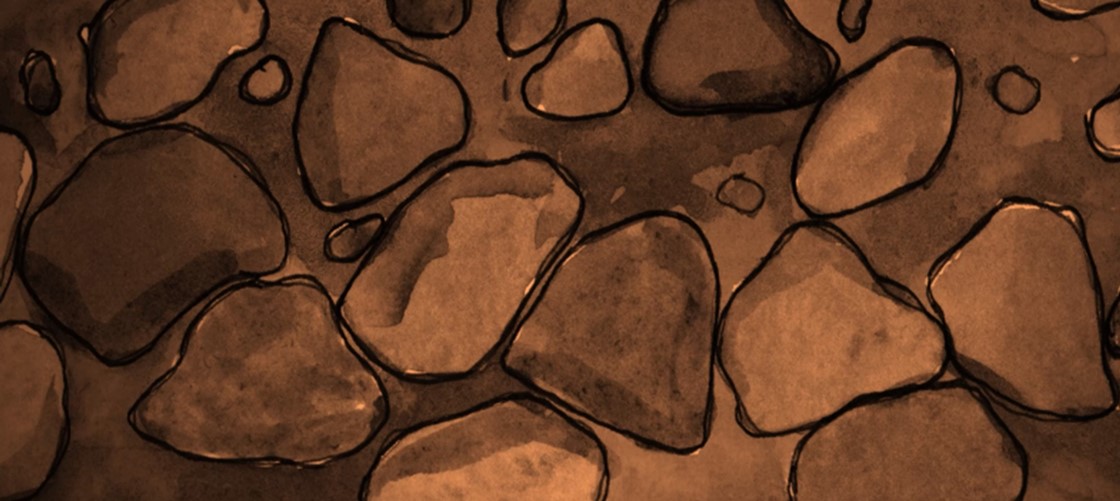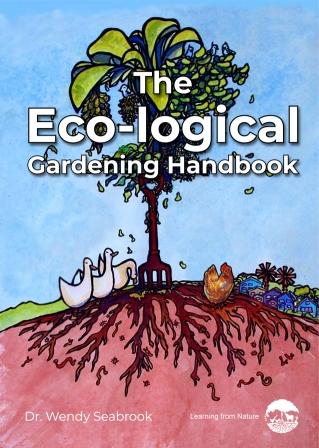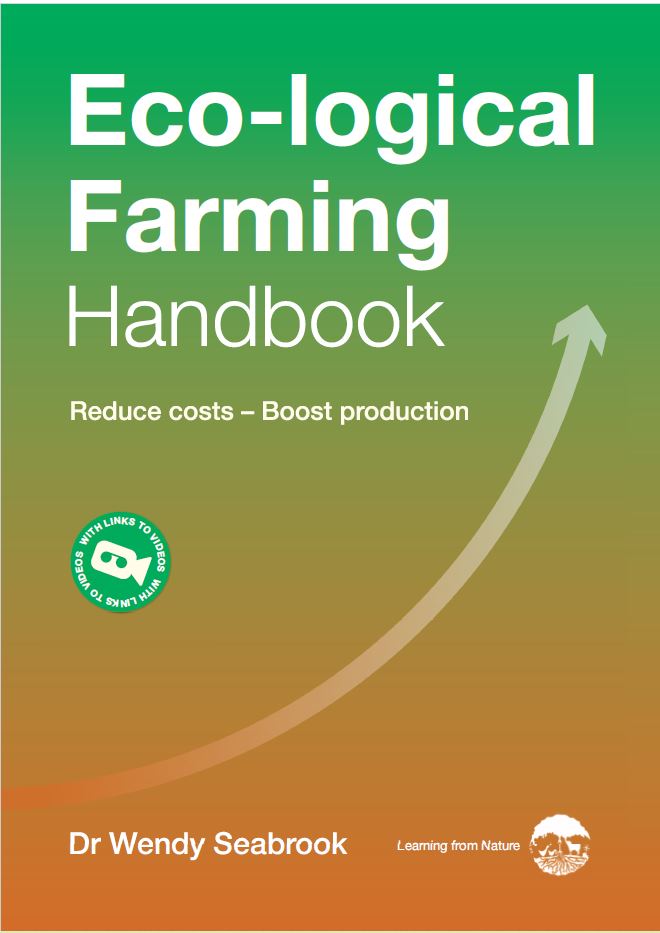It’s understandable that soil gets waterlogged in low-lying areas. But these days, we need to improve drainage in our soil elsewhere, particularly in heavy clay soil and after flooding rains.
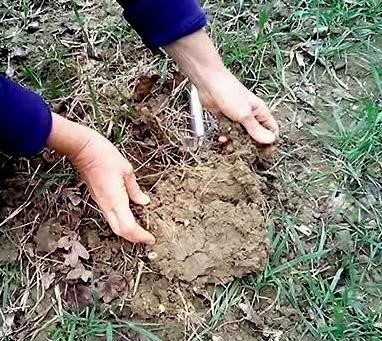
Waterlogging occurs when water can’t drain down through the soil. Puddles form and pathogens can thrive in the low-oxygen environment. If conditions don’t quickly improve, we can lose our entire crop.

Usually, we respond by hilling up the soil or growing vegetables and other crops in raised beds and containers. We spread compost and mulch to increase the organic matter in our soil, and in more challenging situations, dig drains and construct earthworks to hold back or divert water elsewhere.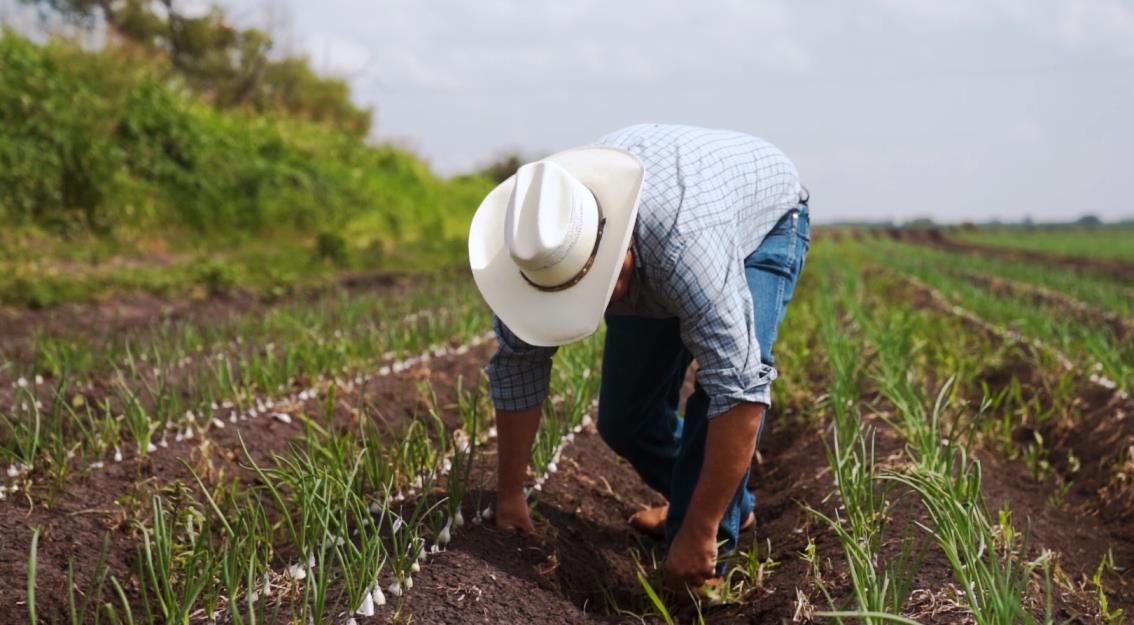
But as extreme rainfall events now show us – these standard solutions are often not enough.
How can we quickly reduce waterlogging when the rain stops and flood waters recede? By improving water infiltration into and drainage down through our soil and the removal of water by plants.
How do we use this Eco-logical Approach?
Reducing soil compaction by vehicles, hooves, and human feet helps. As does protecting our soil with a cover of living plants. But we get the most benefits by giving our soil organisms the resources to improve the soil infrastructure and, therefore, water movement down through our soil.
How do we do this? By growing more vegetation to improve the supply of root tissues, root exudates, leaves, and other plant and animal waste materials from our gardens and farms.
Growing extra vegetation also helps pump more water out of the ground. By absorbing water into their roots and then transporting it to tiny pores on the underside of their leaves, water is taken out of our soil and released into the atmosphere as water vapour.
You now know how to improve drainage in your soil and in the process, rebuild your topsoil In giving our soil organisms a better diet we also enable them to repair our soil ecosystems!
Additional Resources
Recommended quick reads –
Or get everything you need to know with these practical Handbooks –
